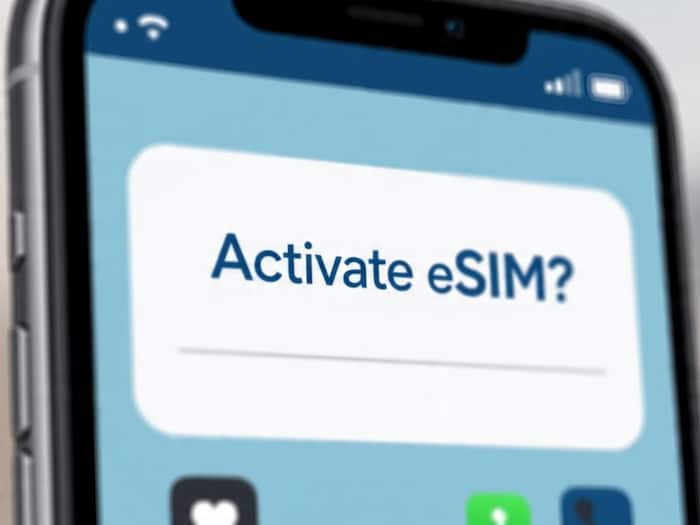
Written By Shubham Arora
Edited By: Shubham Arora | Published By: Shubham Arora | Published: Aug 31, 2025, 07:03 PM (IST)

A new and worrying eSIM scam is making its way across India – and it’s costing people serious money. In one recent case, someone lost Rs 4 lakh within minutes after scammers managed to hijack their phone number and gain access to sensitive information. Also Read: End Of SIM Cards? Which Countries Are Getting The eSIM-ONLY iPhone 17?
Now, the Indian government and the Indian Cybercrime Coordination Centre (I4C) are warning everyone to be extra cautious. Also Read: How to transfer eSIM from old iPhone to new in easy steps
Scammers have come up with a sneaky way to take over your phone number by tricking you into switching your physical SIM to an eSIM – without you even realizing it.
Here’s how they pull it off:
It usually starts with a call from someone pretending to be your mobile provider (or another trusted source). They sound convincing.
Then they’ll send you a fake eSIM activation link – either by SMS or email – and ask you to click on it.
If you click the link, your physical SIM gets deactivated, and your phone suddenly loses all signal.
Behind the scenes, your number is now active on the scammer’s device. That means they start receiving all your calls and messages – including bank OTPs.
Once they have control of your number, it’s game over. They can approve transactions, move your money around, and access your accounts – without ever needing your ATM card or internet banking password.
Here are a few simple things you can do to protect yourself: